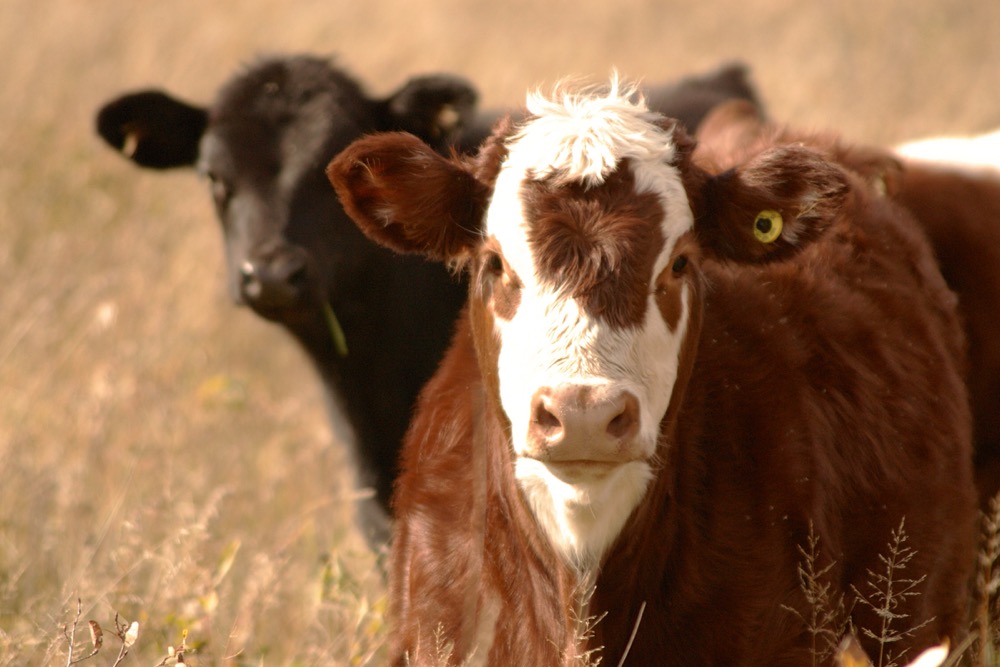Livestock monitoring involves the use of advanced technologies such as GPS, RFID, and sensors to monitor the health, behavior, and productivity of livestock animals.
PRNewswire -- The livestock monitoring market is estimated to be valued at US$ 5.2 billion in 2022 and is expected to exhibit a Compound Annual Growth Rate (CAGR) of 17.9% over the forecast period of 2023 to 2030, as highlighted in a new report published by Coherent Market Insights.
As per the recent analysis by Coherent Market Insights, the global livestock monitoring market size was valued at US$ 5.2 billion in 2022 and is predicted to reach US$ 19.37 million by 2030. Also, the study states that the market reveals a robust 17.9% Compound Annual Growth Rate (CAGR) over the predicted timeframe, 2023-2030.
Livestock monitoring involves the use of advanced technologies such as GPS, RFID, and sensors to monitor the health, behavior, and productivity of livestock animals. There are two key drivers that are fueling the growth of the livestock monitoring market.
Firstly, there is a growing demand for improved livestock productivity. With the increasing global population, there is a rising need for efficient and effective livestock farming practices to ensure food security. Livestock monitoring systems help in tracking the health and behavior of animals, detecting diseases at an early stage, and optimizing breeding and feeding practices. This in turn helps in maximizing livestock productivity and reducing losses, thereby driving the demand for livestock monitoring solutions.
Secondly, governments around the world are implementing strict regulations and guidelines to ensure the welfare and safety of animals. Livestock monitoring systems help in complying with these regulations by providing real-time monitoring and data analytics on animal health and well-being. This is driving the adoption of livestock monitoring solutions by livestock farmers and organizations.
Market Trends:
The first trend is the increasing adoption of wearable devices for livestock monitoring. Wearable devices such as smart collars and ear tags equipped with sensors and GPS technology are being used to monitor the location, activity, and vital signs of livestock animals. These devices provide real-time data and enable remote monitoring, allowing farmers to track the health and behavior of animals from anywhere.
The second trend is the integration of artificial intelligence (AI) and machine learning (ML) technologies in livestock monitoring systems. AI and ML algorithms analyze the data collected from various sensors and provide valuable insights on animal health, behavior patterns, and predictive analytics. This helps in early disease detection, preventive healthcare measures, and efficient management of livestock.
Recent development:
In February 2021, in order to enhance cow welfare and more espcically hoof condition, DeLaval Inc., introduced a new line of robot collectors, expanding the DeLaval robot family.
In March 2021, in an effort to increase the size of its regional footprints GEA Group Aktienesellschaft refrigeration technology announced creation of a new service branch in the Western United States.
Increasing Demand for Livestock Monitoring in Agriculture:
Livestock monitoring has become a crucial aspect of modern agriculture due to the increasing demand for sustainable and efficient livestock management practices. Farmers and ranchers are turning to advanced technologies to monitor the health, behavior, and productivity of their livestock. This market opportunity presents immense growth potential for the livestock monitoring market.
Livestock monitoring systems help farmers track the vital signs, activity levels, and feeding patterns of their animals. By using sensors, GPS technology, and data analytics, farmers can optimize feeding schedules, detect health issues early, and improve overall productivity.
The market for livestock monitoring is expected to witness a significant increase in demand in the coming years. The global market is anticipated to witness a CAGR of 17.9% during the forecast period 2023-2030, owing to the growing need for efficient livestock management practices in the agricultural sector.
On the basis of animal type, the cattle segment is expected to hold a dominant position in the livestock monitoring market. Cattle represent a significant portion of the livestock industry, and monitoring their health and behavior is crucial for efficient management. By implementing advanced monitoring systems, farmers can detect early signs of disease, monitor pregnancies, and ensure optimal feeding and milking schedules.
In terms of components, hardware is expected to be the dominating segment in the livestock monitoring market. The hardware components include sensors, GPS trackers, and wearable devices that collect real-time data on the animals' activity levels, vital signs, and location. These hardware components are essential for effective livestock monitoring and management.
When it comes to applications, the milk harvesting segment is expected to hold a dominant position. With the increasing demand for dairy products, optimizing milk harvesting processes is essential for maximizing productivity and efficiency. Livestock monitoring systems help farmers monitor the health and behavior of their dairy cows, ensuring timely and efficient milk harvesting.
Regionally, North America is expected to dominate the livestock monitoring market. The region has a well-established agriculture sector and is known for adopting advanced technologies in livestock management. The presence of key market players and government initiatives promoting sustainable agriculture further contribute to the dominance of North America in this market.
Key players operating in the livestock monitoring market include DeLaval Inc., Fancom BV, GEA Group Aktiengesellschaft, MSD Animal Health, Afimilk Ltd., BouMatic, and Sensaphone. These companies offer a wide range of livestock monitoring solutions, including hardware, software, and services. With the increasing demand for livestock monitoring, these key players are expected to witness significant growth opportunities in the coming years.
In conclusion, the livestock monitoring market presents lucrative opportunities for growth, driven by the increasing demand for efficient and sustainable livestock management practices. The adoption of advanced monitoring systems, particularly in cattle farming, along with the dominant presence of hardware components and the milk harvesting segment, will contribute to the market's growth. Additionally, the dominance of North America in the livestock monitoring market and the presence of key players highlight the potential for market expansion and innovation in the coming years.














